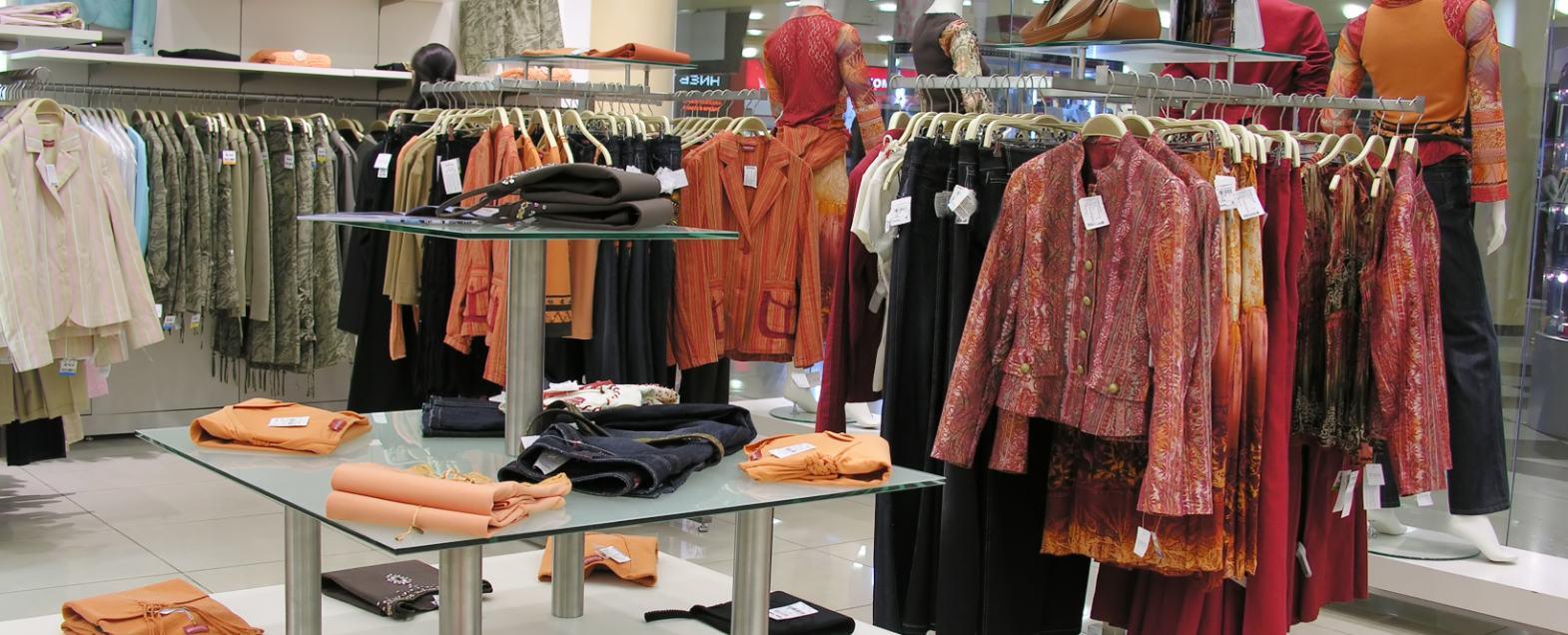Apparel retailers have come up with a strategy wherein they can obtain zero discharge. What does the action plan of 'moving towards zero' include, and what are the possible outcomes?
Vertically integrated apparel makers, and dye houses are the major source of chemical pollution in the apparel industry. Textile and apparel industry is particularly known as water consuming industry. Zero discharge method treats effluent water,and minimizing polluting substances into the environment. A group of six apparel retailers have come up with a roadmap for achieving zero discharge in their supply chain operations by 2020.
Big brands like Adidas, Nike, Li Ning, C&A, Puma, H&M and few others are chalking plans to set standards for environmental performance of the apparel and footwear industry. The proposed plan includes explicit commitments, along with timelines for achieving them. It includes integrating material suppliers and giving them a better understanding of toxic chemicals. The brands also solicit feedback from their stakeholders, and the public until December. Further revisions in the agreement will be made during 2012; in orientation with the feedback.
The roadmap aims to cover discharges from the entire supply chain for all its products by 2020. Initially the brands plan to roll-out a pilot study with small number of suppliers. They believe this would create a better tool, and increase the effectiveness, and speed of adopting a broader rollout. To avoid duplication, they intend to focus on apparel suppliers initially, and enlarge the scope later with the apparel sector, based on their findings.
In the beginning of 2011, the brands are poised to educate their material suppliers regarding hazardous chemicals in the supply chain. In 2012, a pilot study will be conducted to obtain in-depth information. Based on the results of the pilot study, the brands will extend their chemical management programs to the entire supply chain. 2013 will focus on textile production. Countries on focus during the pilot study will be India, Indonesia, Thailand, Bangladesh, Philippines, China, and Taiwan. A shared dye house, and printer audit protocol with a competent third party will be developed. By 2014, a program to incentivize suppliers to fulfill the dye house and printer audit protocol will be developed.
Adidas states that the project represents a landmark opportunity to contribute to a cleaner environment and to safe and secure conditions for people. It further declares to focus on its contract manufacturing models, complexity of its supply chain, chemicals used, chemical preparations of lower quality that are in direct competition with better alternatives, waste water treatments, and limited visibility into the formulation of preparations used by suppliers, in particular incomplete information on hazardous ingredients in their Material Safety Data Sheets.
The project plans to verify nine toxic and persistent chemicals and will have a control on all chemicals used in the apparel making process. Furthermore, they also intend to disclose results of all studies undertaken during the zero discharge projects. The California Government has passed the Supply Chain Transparency Act asking big manufacturers and retailers doing business in California to disclose the efforts taken by them to eliminate slavery and human trafficking from their supply chains. Apparel and footwear retailers are expected to have a deeper impact.
The year 2012 would be significant for apparel makers in building a foundation for future success. The 2020 timeline will be crucial for the brands to achieve their obligations.
Reference:
Joint Roadmap: Toward zero discharge of hazardous chemicals, Nov 15, 2011, adidas-group.com








Comments